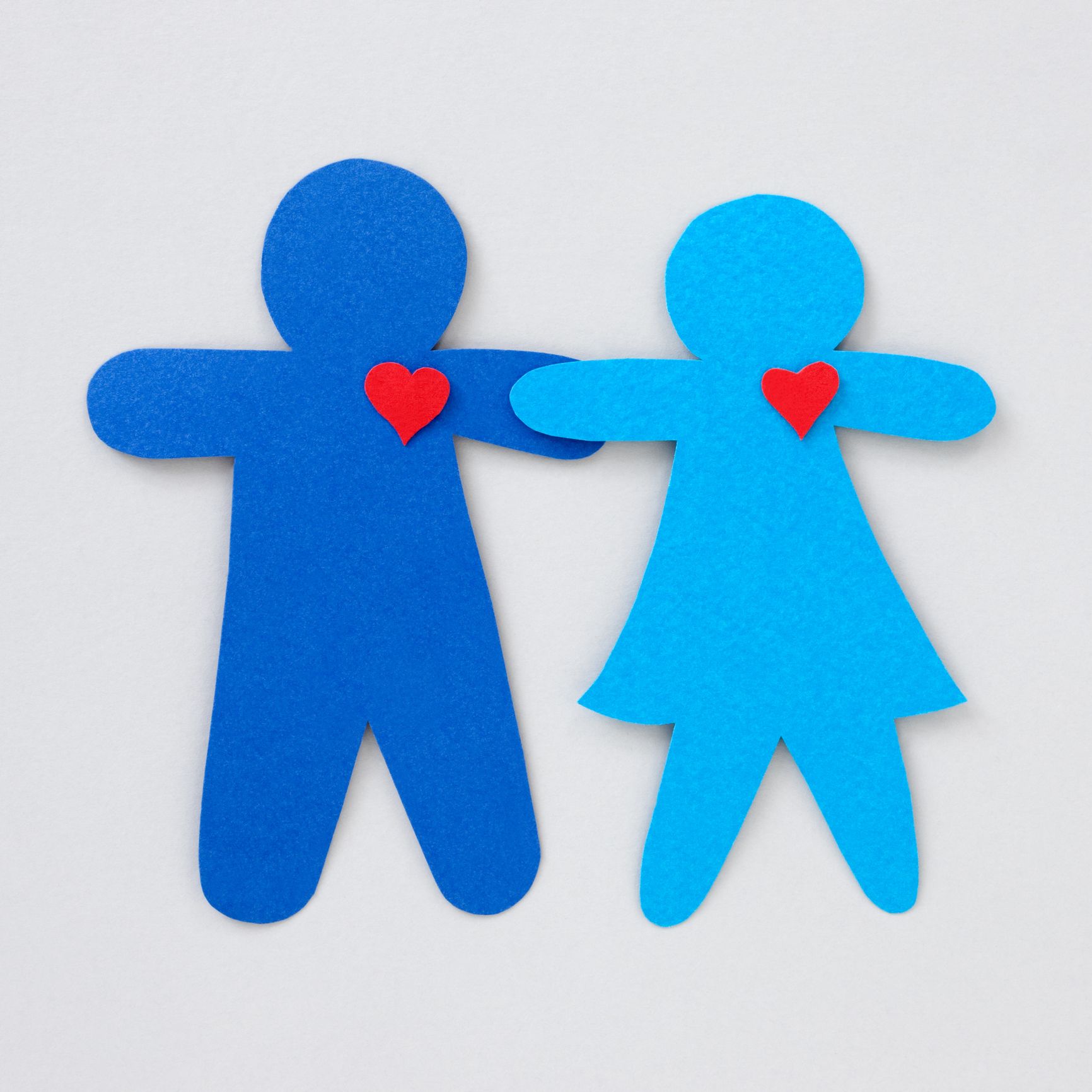Non-Binary Gender Identity
Understanding the Continuum
By Carlyle Jansen
Gender Identity
We all have a gender identity. For many, our internal sense of our gender matches the sex we were assigned at birth. For example, someone born with a penis who was assigned male at birth (AMAB) might still identify as a man. This person would then be cis-gender, cis meaning “same”. Cisgender folks often don’t think much about their gender identity because their own body, gender expression and identity line up with society’s expectations.
For many though, their sex assigned at birth and their gender identity do not align. Some of these folks might identify as trans or transgender. A person born with a vulva and vagina and assigned female at birth (AFAB) might feel internally as male. They may or may not take hormones or have surgeries to affirm their gender identity. Still others do not identify with the western cultural notion of the gender binary: that there are only two genders of man and woman. These folks might identify as non-binary (NB or enby). While NB is a somewhat newer term in some North American circles, many other cultures had and/ or still embrace multiple or third genders. Colonialism and western influence have negatively impacted the acceptance and status of non-binary people who may traditionally have been highly respected in some cultures.
What Does Non-Binary Mean?
Some folks do not identify as either a man or woman. They may have a gender that blends elements of being both, a different gender entirely, or no gender at all. These are all examples of non-binary identities which overall reject the idea that there are only two genders.
There are multiple NB identities. Non-binary folks might identify as genderfluid, agender (without gender), genderqueer, bigender, or pangender. Some NB folks also identify as trans. Some trans folks also identify as NB. While these labels might seem confusing, it is up to each individual as to how they want to be recognized and identified. The world is a diverse place where a variety of thoughts, experiences, identities, and gender presentations all make us stronger.
Non-Binary Does Not Mean Intersex
Intersex people have chromosomal, anatomical or hormonal sex characteristics that fall outside of conventional classifications of male and female. Intersex people may or may not identify as NB. Most non-binary people are born with bodies that may fall into typical characteristics of male and female sex.
Pronouns
The pronouns used to refer to someone are very personal and important. It can feel violating to be referred to as the wrong gender. Some variations of pronouns people use are – she/ her, he/him, they/them, zie/hir and more. We all get to decide what pronouns we use for ourselves. Some people never had to question their pronouns, but for many this is a daily struggle to be recognized, especially when their gender presentation does not conform to societal expectations and norms.
How to Respect Non-Binary People
Don’t make assumptions about someone’s gender: You cannot tell someone’s gender by looking at them. Ask them what pronouns they use as a respectful way to learn how they wish to be addressed. You can never be sure how someone identifies; it is always best to ask. And it shows solidarity with, and understanding of, trans and non-binary identities to ask all people about their pronouns when you meet them.
Use the name that someone asks you to use: Some people change their names. Do not use their deadname (a name that they used to use, usually given at birth, and may still exist on legal documentation). It can feel violating to be called one’s deadname. Mistakes happen, especially if someone transitions after first meeting them. If you make a mistake, apologize and promise to make every effort to remember in the future.
You don’t have to understand someone’s identity to respect it: You may not understand the terminology that someone uses to describe themselves or why they identify as NB or otherwise. They may or may not wish to explain it to you, depending on your relationship or the context. The important thing is to respect their identity as they wish.
Bathrooms are challenging places for trans and non-binary folks: People experience violence and harassment in those spaces. Advocating for and supporting people in the bathroom that they choose is an important part of being an ally. Having non-gendered washrooms is a great way to create a safer option for people who do not identify as cis-gender.
Avoid gendered language: Avoid using terms like ladies and gentlemen, men and women etc. unless you also want to include something creative such as ‘theydies and gentlethem’! Terms such as people and folks are great options that are inclusive of all genders. If you want to use a formal term, M or Mx is a good alternative to Mr or Ms.
In the end we are all deserving of respect for who we feel and believe ourselves to be. It is important for us all to use our privilege to support and respect those who do not have advantages similar to our own. As with all types of diversity, we can learn a lot from stepping outside of our comfort zones and being an ally for, learning about, and standing up for those who are different than ourselves.
Carlyle Jansen is the founder of Good For Her, a sexuality shop and workshop centre in Toronto. If you have questions or comments, email carlyle@goodforher.com or visit goodforher.com




